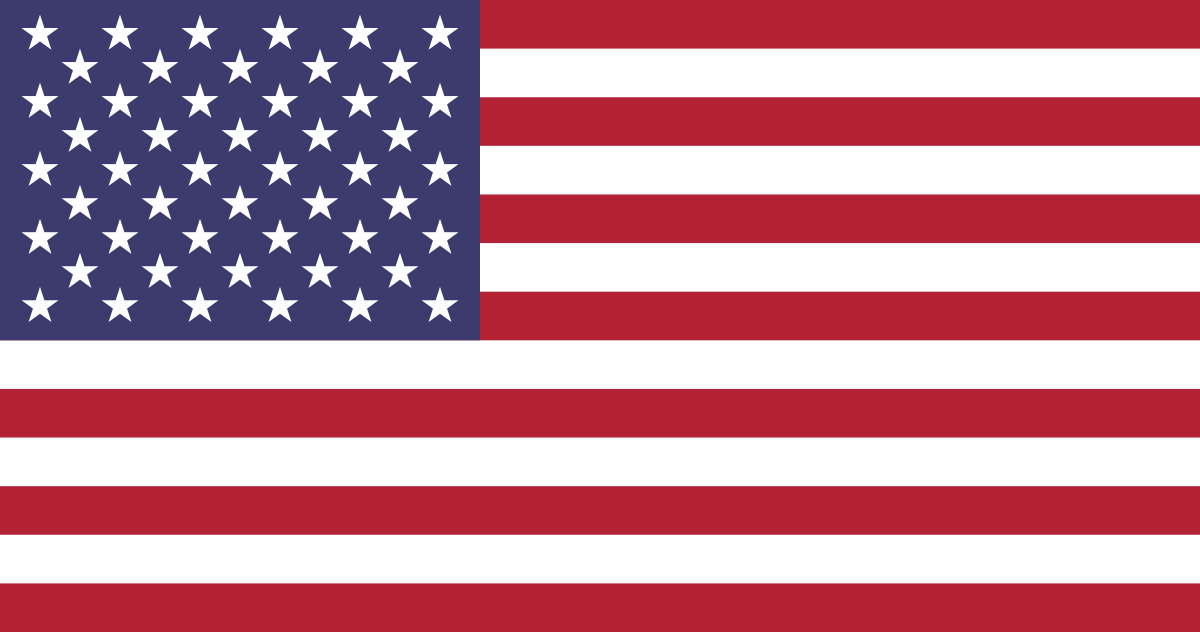

ROBT ROYAL
Description
A standout feature of using stock photography is the convenience it offers. Instead of organizing a full-scale photo shoot, users can browse vast libraries of curated content. This not only streamlines workflow, but also lowers costs—especially for startups.
Representation is increasingly important in UK visual media. Audiences respond better to images that reflect diverse communities. This is especially true in cities like Birmingham, where cultural nuance can make a significant impact. Many UK photographers contribute unfiltered images that showcase British lifestyle.
Authenticity is increasingly valued in UK visual media. Audiences respond to images that reflect diverse communities. This is especially true in cities like Manchester, where inclusive visuals can strengthen brand connection. Many UK photographers contribute lifestyle-driven images that showcase regional diversity.
Getty Images is known for its editorial content, but its pricing tends to be higher. Single image licenses can cost £125 or more, depending on usage rights. While expensive, Getty offers global coverage that may justify the investment for corporate campaigns.
Copyright structures vary across providers, but most offer royalty-free licenses suitable for digital marketing. It’s essential to verify permissions before deploying images in advertising to ensure risk mitigation.
In summary, stock photography are a strategic tool for anyone looking to communicate visually. With the right strategy, these images can elevate your creative efforts while keeping your workflow in check.
Usage agreements are just as important as price. Most stock photo websites offer multi-use licenses, but some also provide exclusive options. Understanding these distinctions helps avoid compliance risks down the l
Local providers such as Picfair offer authentic imagery that reflects real-world scenarios. Alamy is known for its diverse contributors, making it a top choice for nonprofits. Picfair’s platform allows photographers to earn fair compensation, which appeals to users who value creative ethics.
Meanwhile, UK-based providers like Alamy cater to users seeking British cultural relevance. This Oxfordshire-based company is particularly strong in real-world scenes, making it a top choice for nonprofits. This ethical platform stands out by supporting independent creators, which appeals to brands that value transparency.
If you treasured this article and also you would like to acquire more info with regards to frog amplexus kindly visit our web site. Choosing the right stock photography depends on your brand identity. For high-end design, global platforms offer market-tested options. For local storytelling, UK platforms provide contextual alternatives.
Usage rights are another critical aspect of stock photography. Most platforms offer non-exclusive licenses, allowing users to publish images without additional fees. However, it’s crucial to understand the terms to ensure proper attribution, especially for editorial purposes.
Usage rights should never be overlooked. Most stock platforms offer multi-purpose licenses, but it’s essential to verify permissions—especially for advertising. UK businesses must also comply with data protection regulations when using images featuring private property.
Open-license platforms such as Unsplash offer creative commons content at no charge. While these platforms are great for quick content, their licensing terms may not be suitable for advertising. Always check permissions before using free images in commercial setti
Subscription tiers vary widely across platforms. Some sites charge by distribution method, while others offer custom enterprise plans. It’s important to consider how often you’ll need images, what types of licenses you require, and whether you need global distribution.
Despite their benefits, some critics argue that stock photos can feel impersonal. To counter this, many platforms now feature realistic imagery that reflects inclusive representation. This shift helps brands connect with audiences on a more human level.
Leading websites like Adobe Stock offer credit-based pricing to suit different project sizes. For example, Shutterstock’s platform allows users to subscribe monthly, with prices ranging from £29 depending on the resolution. This creative suite-integrated platform offers both monthly subscriptions, making it ideal for agencies.
Licensing is just as important as price. Most stock photo websites offer royalty-free licenses, but some also provide rights-managed options. Understanding these distinctions helps avoid unexpected fees down the line.
In choosing the right visuals, consider your content goals. For polished commercial work, global platforms offer market-tested visuals. For community engagement, UK platforms provide culturally relevant alternatives.
Cost structures vary widely. Some platforms charge based on image resolution, while others offer credit systems. Consider how often you’ll need images, what types of licenses you require, and whether you need extended us
 Italian
Italian
 हिन्दी
हिन्दी
 Arabic
Arabic
 Chinese
Chinese
 English
English
 French
French
 German
German
 Portuguese
Portuguese
 Russian
Russian
 Spanish
Spanish
 Turkish
Turkish